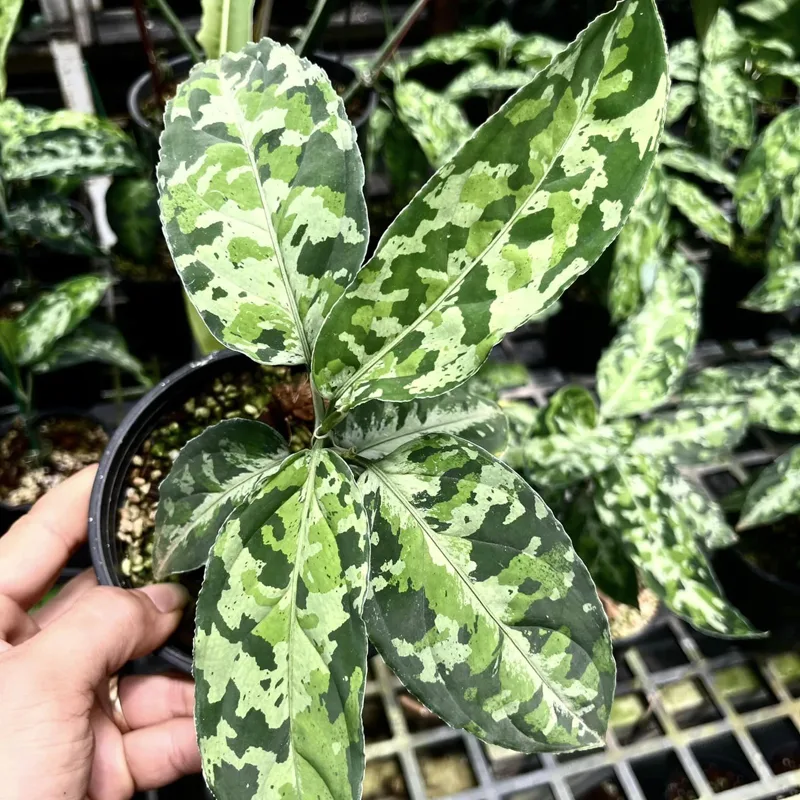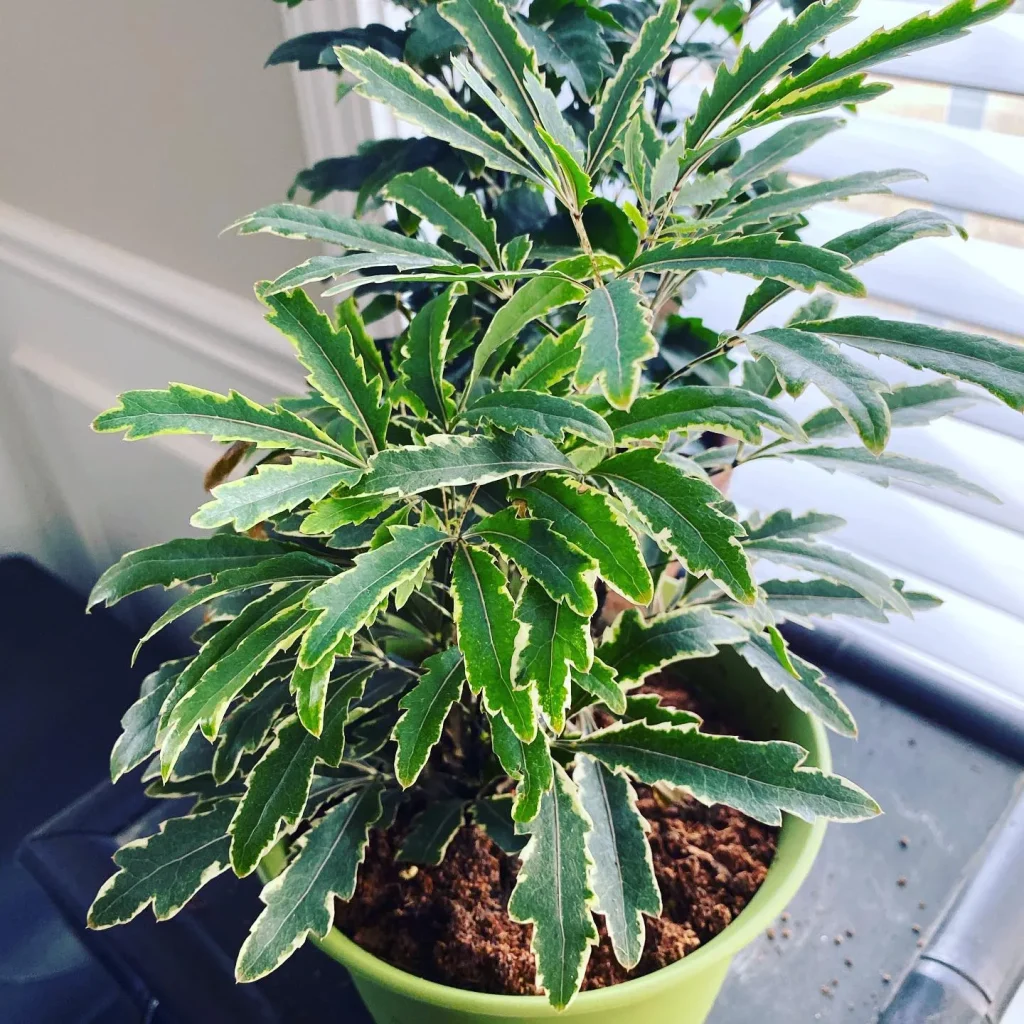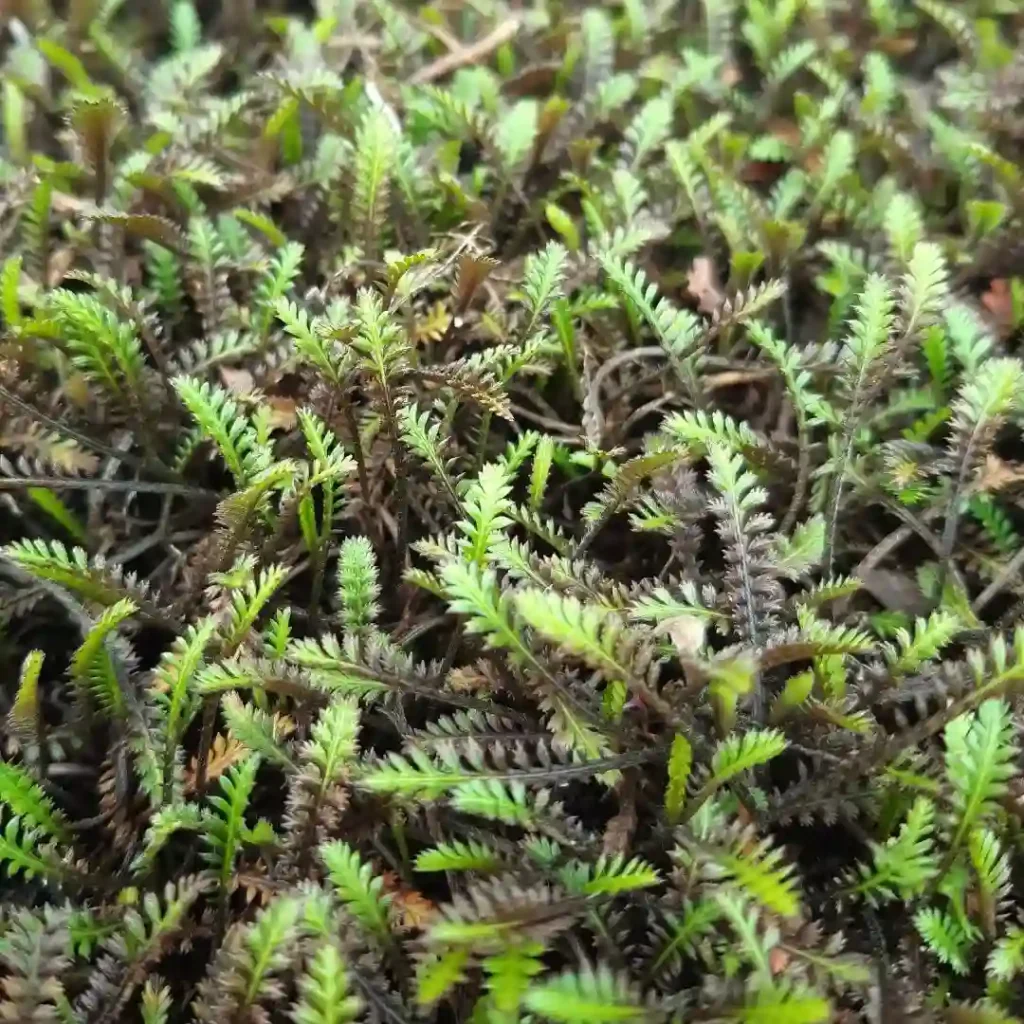FAQs About Diodia Virginiana
Diodia Virginiana, also known as Virginia Buttonweed, is a fascinating plant with unique characteristics that make it stand out in gardens and natural landscapes. I’ve had my share of experience with this plant, so I thought I’d share some insights to help you understand and care for it better.
What Is Diodia Virginiana?
Diodia Virginiana is a perennial herb belong to the Rubiaceae family, native to the southeastern United States. It typically grows in moist, sandy soils and is known for its small, white or pink flowers and sprawling growth habit. The plant is often used in landscaping for ground cover and erosion control due to its dense foliage.
Plant Family: 616 Genera in Rubiaceae – Coffee Family
How to Care for Diodia Virginiana?
Caring for Diodia Virginiana involves several key practices to ensure its health and growth. It thrives in full sun to partial shade and prefers well-drained, sandy soil. Regular watering is essential, especially during dry periods. However, avoid waterlogging as it can lead to root rot. Fertilizing in the spring with a balanced fertilizer can promote vigorous growth and flowering.
How to Propagate Diodia Virginiana?
Propagation of Diodia Virginiana is relatively straightforward. You can propagate it through seeds or by dividing established plants. For seed propagation, sow seeds in a well-prepared seedbed or containers in early spring. Keep the soil moist and provide warmth for germination. If you prefer division, separate clumps of the plant in early spring or fall and replant them in a suitable location.
What to Plant With Diodia Virginiana?
Diodia Virginiana pairs well with other ground covers and low-growing plants. Consider planting it alongside creeping thyme, sedum, or other low-maintenance perennials. Its spreading habit makes it an excellent companion for plants that require similar growing conditions.
Can You Grow Diodia Virginiana Indoors?
Growing Diodia Virginiana indoors can be challenging due to its preference for full sunlight and its tendency to spread. If you want to try it indoors, choose a bright, sunny window and use a well-draining potting mix. Keep in mind that it may not thrive as well indoors as it does in its natural outdoor habitat.
Is Diodia Virginiana Toxic?
Diodia Virginiana is not known to be toxic to humans or pets. However, as with any plant, it’s always a good idea to keep an eye on pets and children to prevent them from ingesting parts of the plant.
Benefits of Diodia Virginiana
One of the primary benefits of Diodia Virginiana is its ability to provide ground cover. It helps prevent soil erosion and can suppress weeds due to its dense growth. Additionally, its attractive flowers and foliage add aesthetic value to gardens and landscapes.
Common Problems with Diodia Virginiana
One common issue with Diodia Virginiana is its susceptibility to root rot, especially in poorly drained soils. To prevent this, ensure proper drainage and avoid overwatering. Additionally, keep an eye out for pests such as aphids or spider mites, which can sometimes infest the plant.
Diodia Virginiana vs Diodia Teres
When comparing Diodia Virginiana to Diodia Teres, it’s essential to note the differences in their growth habits and appearances. Diodia Teres, also known as Roundleaf Buttonweed, typically has more rounded leaves and a more compact growth form compared to Diodia Virginiana. While both plants have similar flower structures, Diodia Teres is often found in different environments and has a slightly different growth pattern.
Compare with Other Confused or Similar Items
Diodia Virginiana is sometimes confused with other similar plants like the Kalanchoe or some types of sedum. Unlike Kalanchoe, which is a succulent with fleshy leaves, Diodia Virginiana has a more traditional herbaceous structure with small, delicate flowers. Its growth habit is also different from sedum, which tends to be more upright and less spreading.
How to Manage Diodia Virginiana in Your Garden?
Managing Diodia Virginiana involves regular maintenance to keep it healthy and looking its best. Trim back any overgrowth to prevent it from becoming invasive, especially if you’re using it as ground cover. Regular weeding and monitoring for pests will also help maintain the plant’s overall health and appearance.
I hope these insights into Diodia Virginiana help you in your gardening endeavors. It’s a resilient plant that can offer both practical and aesthetic benefits when properly cared for.
If i die, water my plants!



